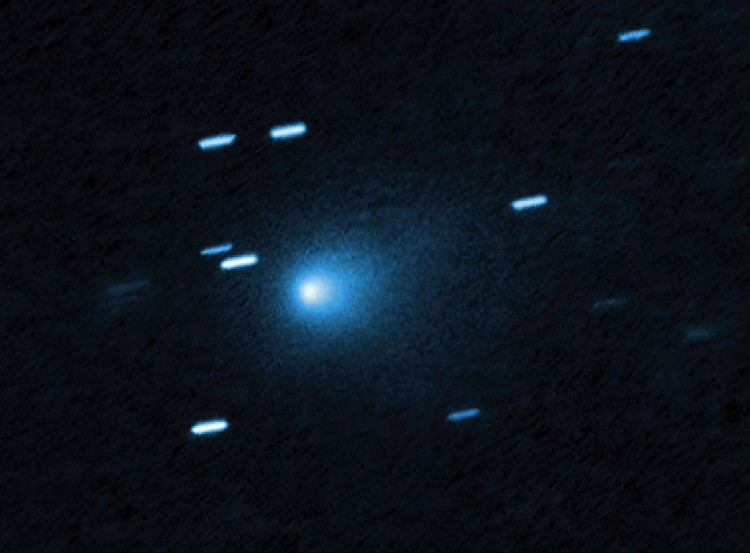NASA will reveal new imagery of the interstellar comet 3I/ATLAS on November 19, ending months of speculation fueled by amateur observations, halted data releases, and increasingly vocal independent analysis. The agency confirmed that the live event, set for 3 p.m. EST at NASA's Goddard Space Flight Center in Greenbelt, Md., will feature data collected from multiple missions, offering the most comprehensive official review of the object since its discovery. The release comes as global interest in the comet surges across social media and astronomy forums.
NASA said the agency's distributed mission assets give the United States "the unique capability to observe 3I/ATLAS almost the entire time it passes through our celestial neighbourhood, and study - with complementary scientific instruments and from different directions - how the comet behaves."
The upcoming broadcast will highlight data gathered from Hubble and other platforms positioned throughout the solar system. The agency did not specify which additional instruments contributed imagery, though scientific observers expect participation from James Webb Space Telescope instruments capable of resolving the object's chemical signature.
The briefing follows a period of unusually limited communication from official channels, even as independent observers published spectral analyses suggesting a lack of expected outgassing from the comet. Online discussion accelerated after leaked coordinates and crowd-sourced observations showed behavior that amateur researchers described as atypical. NASA has not addressed these findings directly, leaving the upcoming livestream as the first opportunity to compare public speculation with federal scientific review.
3I/ATLAS has drawn intense scrutiny since July 1, when it was first identified by the NASA-funded ATLAS observatory. NASA notes that the object is "only the third object ever identified as entering our solar system from elsewhere in the galaxy," a distinction that positions the comet as one of the rarest targets available for real-time scientific examination.
The agency reiterated that the object "poses no threat to Earth and will get no closer than 170 million miles," but its path created unusual observational conditions. In early October, 3I/ATLAS flew "within 19 million miles of Mars," giving Mars-orbiting instruments a closer vantage than any Earth-based system.
NASA is deploying several senior officials to interpret the imagery. Scheduled speakers include NASA Associate Administrator Amit Kshatriya; Nicky Fox, associate administrator of the Science Mission Directorate; Shawn Domagal-Goldman, acting director of the Astrophysics Division; and Tom Statler, lead scientist for solar system small bodies. Their presence signals internal expectations that the dataset contains findings of significant scientific relevance.
The livestream will be carried on NASA+, the NASA app, the agency's website, YouTube, Amazon Prime Video and additional distribution partners. NASA emphasized public participation, noting that viewers may submit questions using "#AskNASA," which may be answered during the event. The invitation comes amid heightened public engagement driven by independent researchers who have pointed to spectral irregularities and unusual dust-emission patterns around the comet.




